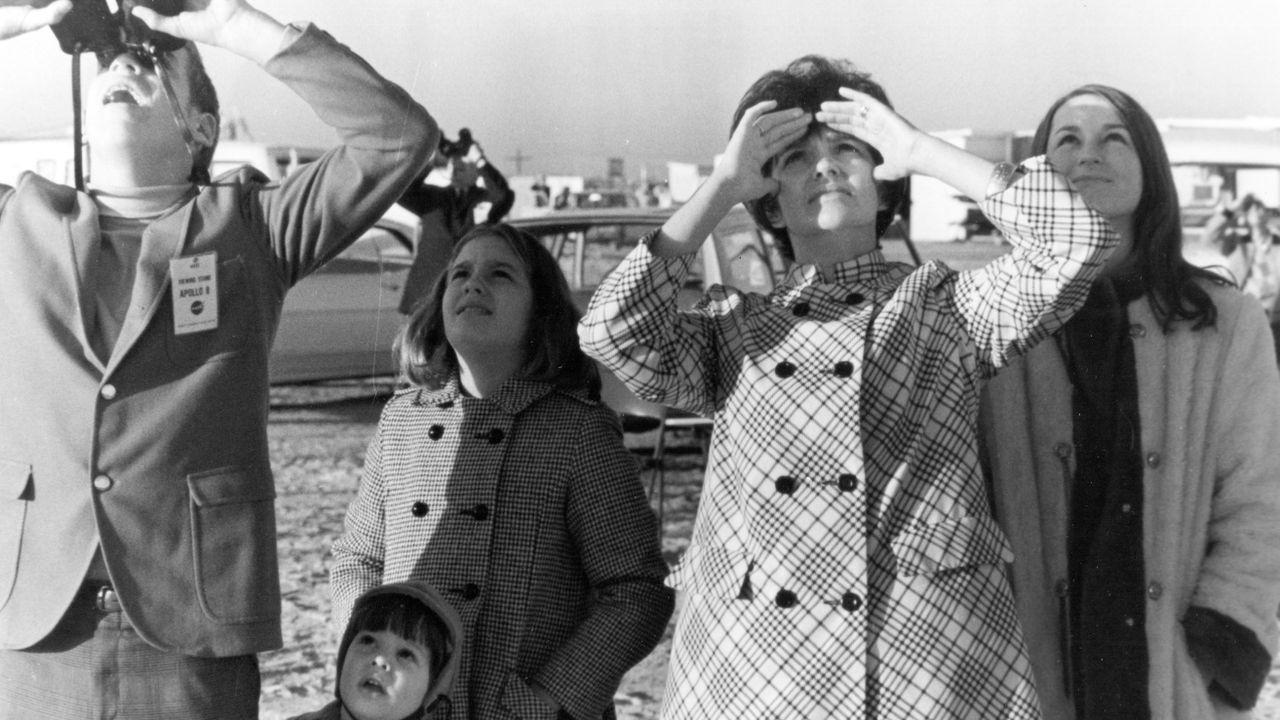Living in space presents numerous challenges, not just for astronauts but also for their families. As missions to the International Space Station and beyond become more frequent, the emotional and social impacts on the families left behind are gaining attention. While the public often romanticizes the life of an astronaut, the reality for their loved ones requires significant adjustment and resilience.
The 1995 film Apollo 13, starring Tom Hanks as Jim Lovell, vividly illustrates the tension and anxiety faced by astronauts’ families during a crisis. It captures the Lovell family’s experience as they anxiously awaited news of their loved one’s safety while he was in perilous conditions in space. This blend of heroism and familial concern resonates deeply, reflecting the emotional toll on families of astronauts.
While the portrayal in popular culture provides some insight, it raises further questions about the day-to-day realities faced by these families. How do they cope during extended absences? Are there tangible impacts on their relationships, such as divorce rates or children’s well-being?
Comparing Space Families to Military Families
The experience of astronaut families shares parallels with military families, where one partner is often deployed for extended periods. Both scenarios involve prolonged separations and inherent risks associated with the role. Catie Hague, an Air Force Colonel and spouse of astronaut Nick Hague, noted the constant vigilance felt during these absences. “Just like the military spouse feels every time they’re deployed, you don’t really know if something’s going to happen,” she explained.
Research indicates that children with a deployed parent, whether military or astronaut, may face adjustment challenges. A 2018 review in Child and Adolescent Psychiatry and Mental Health highlighted that while both groups experience risks, children from military families may also enjoy benefits such as stable income and job security, which can mitigate adverse outcomes.
Yet, the astronaut lifestyle brings unique stressors. Stacey Morgan, the wife of astronaut Andrew Morgan, described the public nature of space travel as a factor that complicates the experience. Families often watch live footage of their loved ones in space, sharing the experience with the world while grappling with their own emotions. “The idea that we as a family are sharing these phenomenal yet perilous moments with the world can be unsettling,” she stated.
The Psychological Impact of Space Travel
In a recent 2023 article in Space Policy, experts suggest that astronaut families might benefit from structured support systems such as the Families Overcoming Under Stress (FOCUS) model, typically used to assist military families. This model helps families manage stress and potential mental health issues that arise from prolonged absences.
The emotional strain on families can be profound. Notably, there is a lack of comprehensive research exploring the long-term effects of space travel on family dynamics. Much of the existing information is anecdotal, gathered from personal accounts rather than systematic studies. For instance, the documentary A Year in Space follows astronaut Scott Kelly, who spent a year aboard the International Space Station, providing insight into his family relationships during that time.
Astronauts Anne McClain and Nick Hague have shared insights on parenting while navigating the demands of space missions. Both emphasize the importance of maintaining open lines of communication with children and establishing meaningful family traditions to provide stability during their absences. Hague noted that much of the parenting responsibility falls on the spouse remaining at home, making constant dialogue essential for family cohesion.
As the space industry evolves and commercial opportunities arise, family dynamics may change further. Kellie Gerardi, a commercial astronaut, highlights the unique challenges faced by those considering starting families while pursuing space careers. Gerardi, who has been open about her journey with infertility, has shared how she balances the demands of in vitro fertilization with her schedule as an astronaut. Her upcoming mission in 2026 underscores the continuing evolution of family planning for individuals in this field.
The complexities of life for astronaut families deserve further exploration. Understanding how these dynamics unfold can provide valuable insights into the support structures that may be necessary for both current and future families involved in space exploration. As missions continue to expand, the experiences and voices of those waiting on Earth will become increasingly important in shaping the narrative of human spaceflight.
